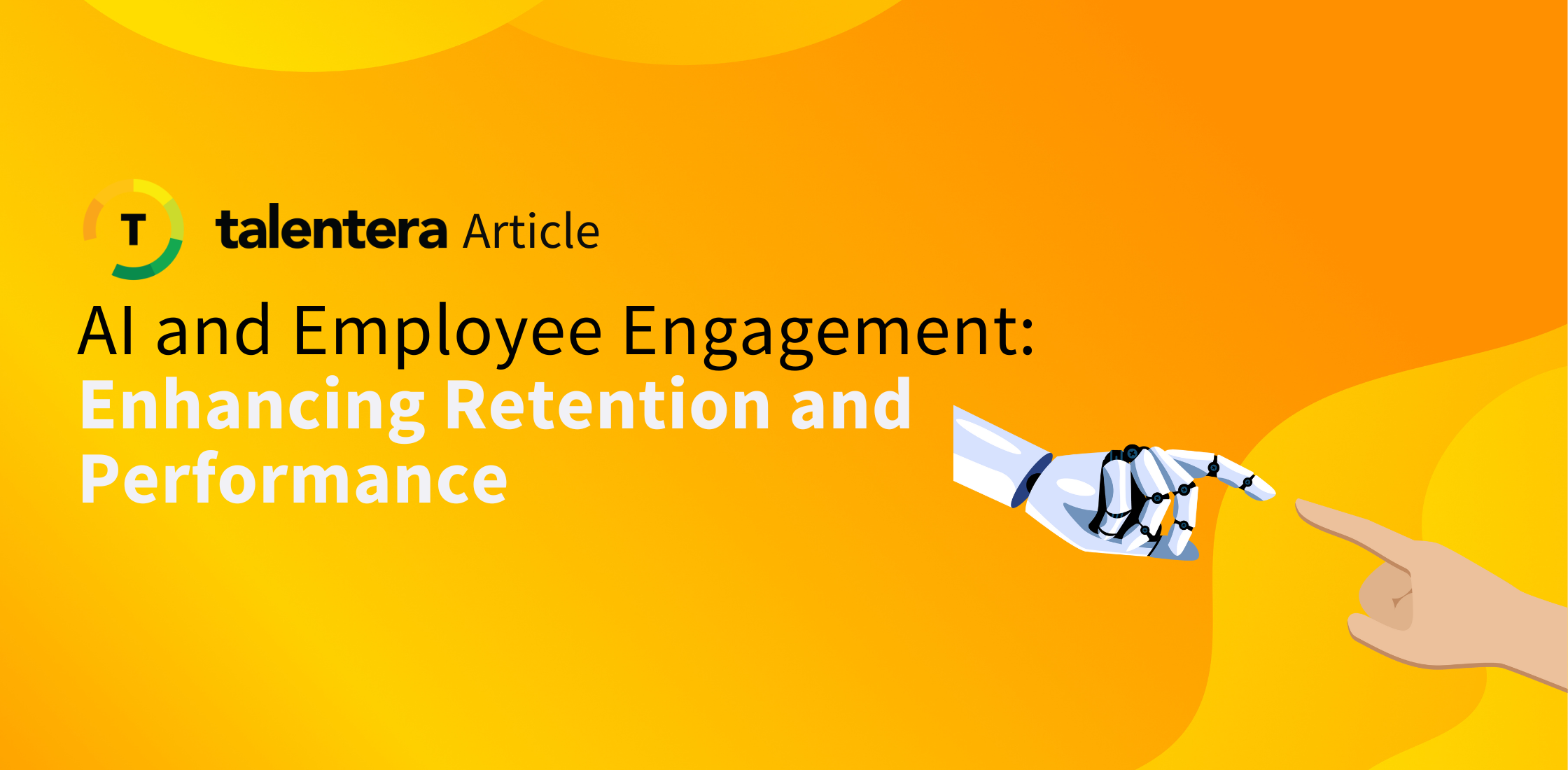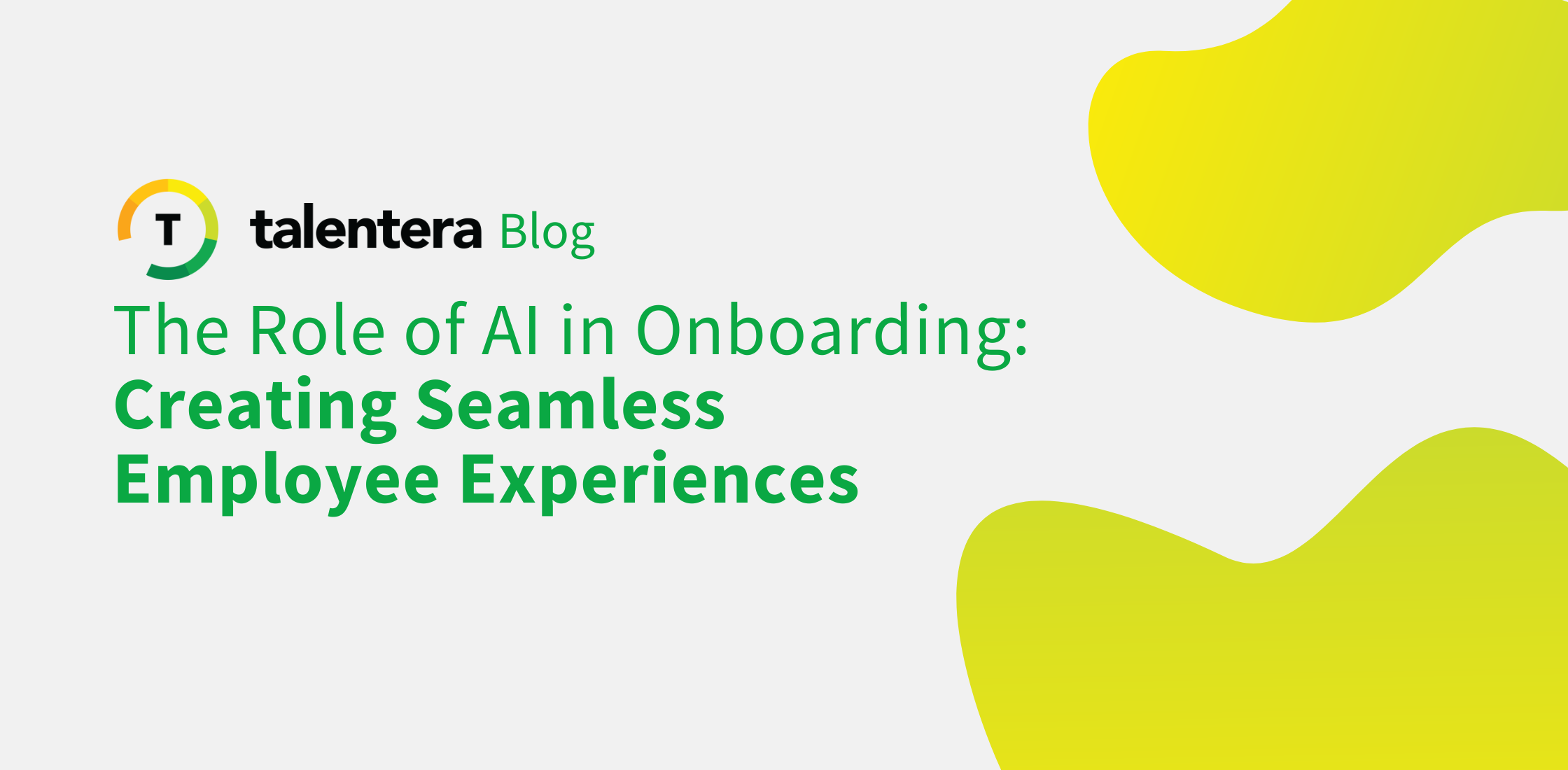8 Tips to Recruit & Hire Remote Employees
If you’re worried about ‘getting things right’ in the face of the pandemic, you’re not alone. Many companies across the globe are experiencing the exact same thing at the very same time. The urgent need to transition into a fully remote workplace has put forward its own set of challenges. Amid ensuring the existing teams are equipped with accurate tools to function effectively from home, hiring remote employees for the first time has been daunting for several organizations.
However, does it even have to be this scary?
Just because you’re doing it from home, does not mean you’re doing it wrong. Adopting a virtual hiring process can help you hire top talent remotely, without sacrificing candidate experience at the same time.
![]()
We’ve gathered a few key tips based on company insights to help you ace remote hiring:
1) Build a Strong Employer Brand Online
It’s not just about you wishing to hire top talent, but also about top talent choosing to work at your company at the expense of some other opportunity. Candidates mostly rely on digital presence in case of remote opportunities and so, maintaining a good employer reputation on digital avenues will help you attract and retain qualified individuals. You can do this by:
- showcasing your work culture and organizational values
- sharing employee testimonials
- posting updates on team accomplishments

2) Advertise Job Openings on Remote Work Platforms
A large number of job boards have been out there benefiting an even larger number of organizations in terms attracting relevant candidates for the role. Not only do job boards organize and filter applicants, but also minimize the time it takes for employers to find talent from across the world. Moreover, social networks and groups dedicated to remote work can also enable you to find the right candidates to fill up your positions.

3) Send Your Candidates a Test Project
So, you’re doing a fair enough job at sourcing and attracting candidates. The very next question that pops into every recruiter’s mind is, “how do I hire someone remotely?”
It is highly essential to verify that their capabilities are at par with what is required to be able to perform work from home. This can either be in the form of a written test, a game-based test, or a video assessment. Online solutions such as Evalufy can help you test skills such as communication, based on a predetermined criterion, especially necessary for customer-facing roles. Test projects are therefore widely used to help employers assess and evaluate the following:
- Candidate’s cognitive abilities (or any software abilities required for the job)
- Organizational skills and working on deadlines
- Whether he/she is equipped to work from home
- Communication and troubleshooting skills

4) Use Video Screening Tools to Assess Candidates
Tools such as Zoom, Google Hangouts, Skype, or WebEx, can be used to conduct face-to-face interviews in remote settings. Face-to-face interviews are essential in terms of assessing body language, clothing and speaking abilities in a spontaneous and raw manner, while deciding whether the candidate will be a good fit for your company or not.
Pro tip: Running brief interview sessions with cross functional teams (in addition to their own department) from various levels can help you figure out whether the candidate can truly communicate in a diverse, 100% remote environment.

5) Make Your Candidates Comfortable
Recruitment processes, whether traditional or virtual, are always nerve-wracking for job seekers. In fact, the idea of video interviews can be more intimidating at times. Send your candidates a set of guidelines and make them aware of what is expected so they don’t just show up clueless and frightened.

6) Observe Work Attitude
You need to evaluate your candidate’s work ethics and their level of motivation as per their responsiveness throughout the recruitment cycle. For instance, if you require following up and sending constant reminders to someone, chances are that they might not be very prompt in terms of replying to work emails in the future. Such observations and attention to details help you in vetting each candidate before classifying them fit for remote work.

7) Talk About Benefits
Perks are essential in terms of decision making and so, in order to entice top talent, and retain them in the future, it is equally important to discuss employee benefits in addition to growth opportunities. For remote hires, more than in-person hires, it is important to educate them and help them choose the right benefits plan. Hosting a virtual benefits fair can help you do so with the help of an interactive, online event. It saves all the long hours you’d otherwise have to put into addressing each and every new employee according to their respective needs.
Remote employees at the end of the day are still the same as regular in-office employees and need to get a sense of their value.

8) Set up a Seamless Onboarding Process
You’ve finally hired a remote employee – now what? Just as in traditional hiring, the first few months are critical in defining whether the new hire is a right match for the company or the company is a good fit for the employee. For a smooth and seamless onboarding programme, top organizations across the globe are relying on Afterhire. While the platform equips remote employees to gel in and get started without feeling lost, it also helps employers ramp up distributed hires with ease, and gets them to peak productivity faster.

Conclusion
While it might seem overwhelming to conduct remote hiring procedures, it is also imperative to ensure that you’re not losing top talent by sitting idle and waiting for the conditions to be right. In fact, hiring remote employees can benefit your company by bringing in skills that are scarce in your region.
Moreover, let’s be honest, hiring always comes with a calculated risk – whether it’s remote or not. The reality is that we can never know how the person will act when they start working with us. So, there’s really not much of a difference than hiring someone in person. All you need to make sure is that in order to be remote, your hire should be resilient. Things change all the time, technology keeps shifting and progressing, and the people working with you need to have the ability to adapt to constant changes in the environment.
About Talentera
Talentera is an end-to-end applicant tracking system that helps you source, track and hire top talent. From offering an unbeatable user experience, candidate screening and assessment, recruiting analytics and full branding, Talentera takes control of the hiring process from A to Z.










Huda Nadeem Zaman